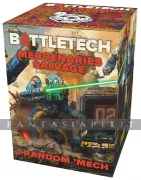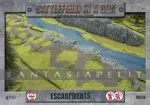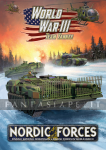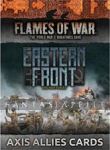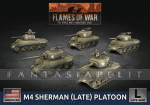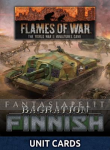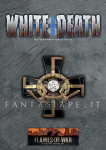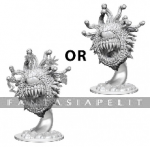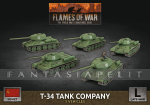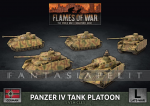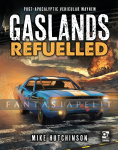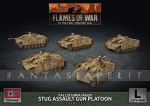1980-luvun maailmansotaan suomalaiset, ruotsalaiset. tanskalaiset ja norjalaiset joukot
World War III: Nordic Forces introduces Swedish, Finnish, Norwegian, and Danish forces
to World War III: Team Yankee, as Soviet forces attack into Scandinavia
The Swedes are mostly self-sufficient for their military technology with the unique S-tank, a low
profile design combining survivability and a powerful 105mm gun. Their well armed infantry are
mounted in the Pbv 302 APC armed with a 20mm autocannon. Supplementing their locally manufactured equipment the Swedes also field the Centurion tank, but even this has been extensively
upgraded with improved fire-control systems and Explosive Reactive Armour.
The Swedes also have integrated Finnish support as the Soviets attack through Lapland.
The Finnish armoured forces field T-72FM1, T-72FM2, and T-55M, Soviet tanks with local improvements and newer western technology applied. Their Jääkäri infantry are mounted in BMPs and BTR60s with a good mix of fire support weapons such a missiles, recoilless rifles, and mortars.
The Finnish also have integral Swedish support, which can provide much needed air-support.
The Norwegians have more conventional equipment, fielding Leopard 1 tanks in their armoured
forces and M113 APCs for their mechanised infantry. They also field their own unique M113
tank-hunter variant, the NM142, armed with TOW missiles.
American M60 tanks, infantry, and attack helicopters, can also be taken as support options.
The Danes field both Leopard 1 and Centurions tanks in their armoured forces, as well older
Centurions armed with 20 pdr guns in support. The rest of their forces use conventional vehicles
like M113 transports, M106 & M125 Mortars, ans M109 self-propelled howitzers.
The Danes can call on integrated West German allied support and have access to West German
Leopard 2 tanks, Panzergrenadiers, Roland and Gepard Anti-aircraft, PAH anti-tank helicopters.
• Background on World War III in Scandinavia,
Finland, Sweden, Norway, and Denmark.
• Instructions on how to build:
• Finnish T-72FM1, T-72FM2, or T-55M
Armoured Companies, and BMP-1 or BTR-60
Jääkäri Companies,
• Swedish Strv 103 S-Tank or Strv 104 Centurion
Tank Companies, and a Pbv 302 Armoured
Rifle Company,
• a Norwegian Leopard 1 Tank Squadron, and a
M113 Storm Squadron,
• or Danish Leopard 1 or Centurion DK
Tank Squadrons, and a M113 Armoured
Infantry Company.
• Three scenarios featuring World War III:
Nordic Forces.
• A detailed painting guide to help you prepare your
Forces for combat.
Nordic Forces is a 112 page, Full colour, A4 Hardback Book.
